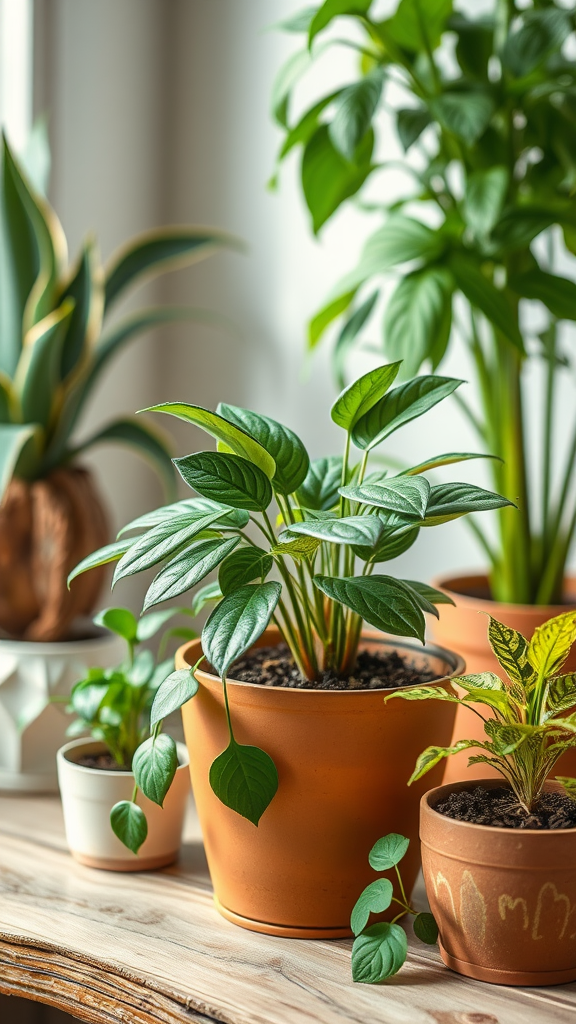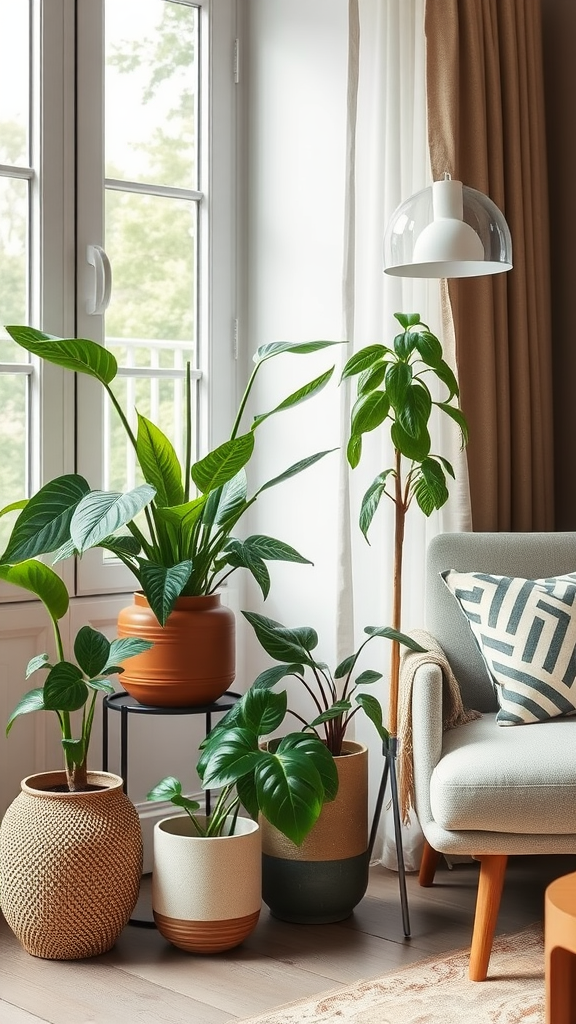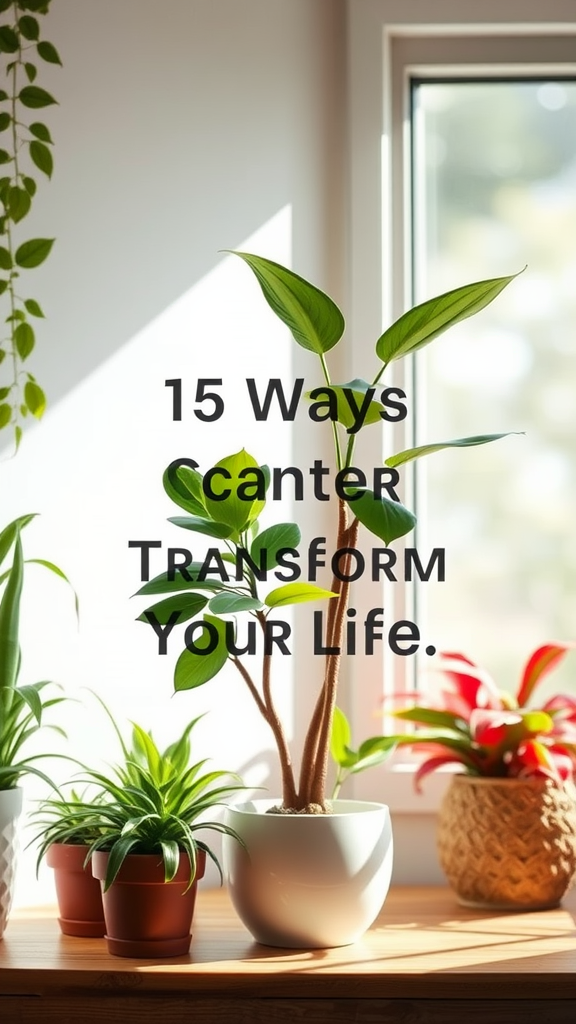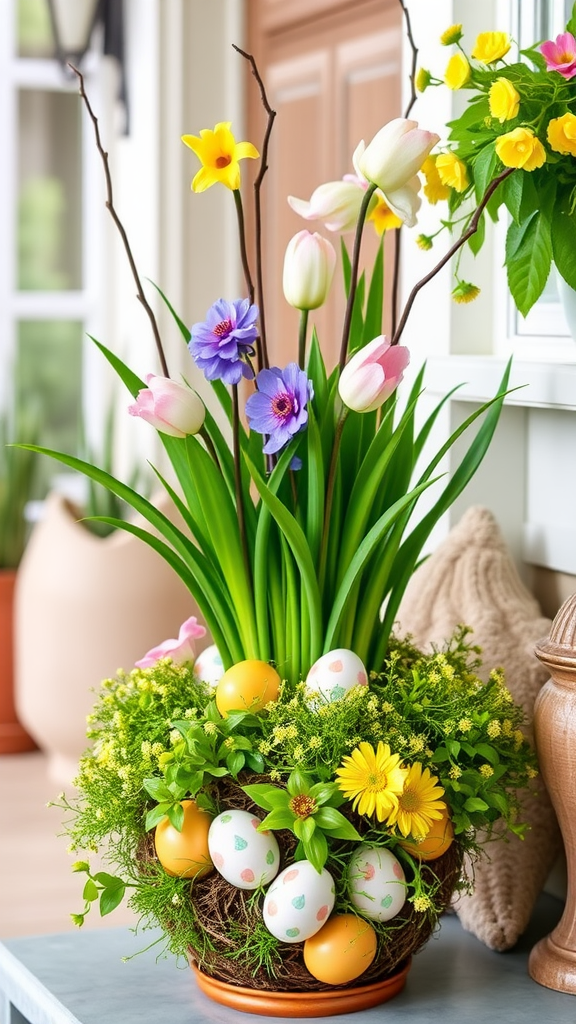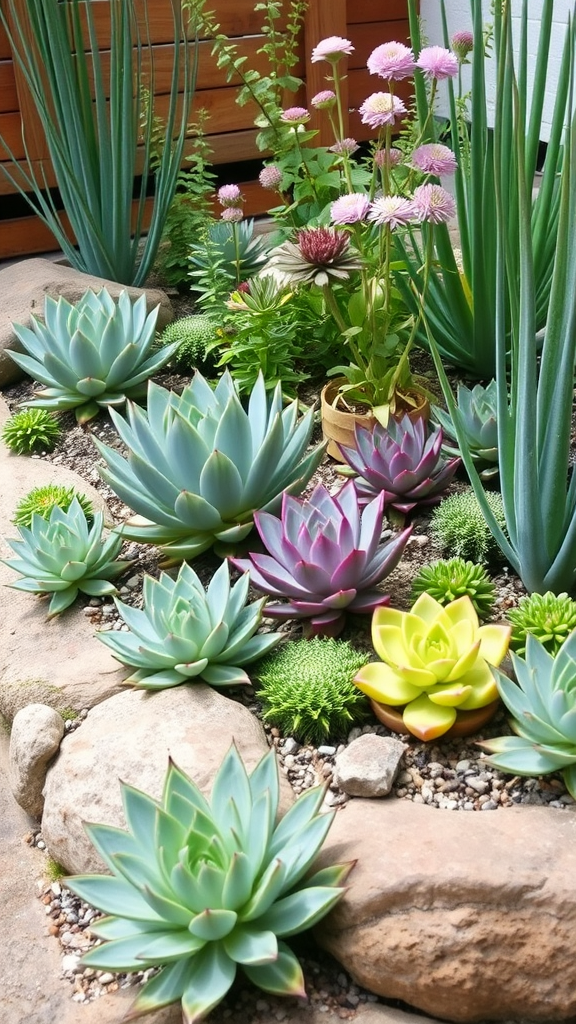Mastering the Art of Repotting: 7 Stress-Free Tips for Your Plants
Repotting your plants can seem daunting, but with the right approach, it can be a smooth and stress-free experience. Keeping your plants healthy and thriving involves a regular repotting schedule, which allows for proper growth and nutrient absorption. Here are seven straightforward tips to make repotting a breeze.
1. Choose the Right Time
Timing is everything when it comes to repotting. The best months for repotting most houseplants are spring and early summer, as this is their active growth period. During these months, your plants are more likely to recover quickly from the stress of being moved into a new pot. Make sure your plant is not in bloom to avoid unnecessary shock.
2. Select a Suitable Pot
When selecting a new pot, opt for one that is only one size larger than the current pot. A pot that is too large can lead to overwatering and root rot. Ensure the new pot has drainage holes to allow excess water to escape, which helps prevent waterlogged soil.
3. Gather Your Supplies
Before you start, gather everything you need:
- Fresh potting mix suitable for your plant type.
- New pot with drainage holes.
- Gardening gloves to protect your hands.
- A trowel or spoon for scooping soil.
- Watering can to hydrate your plant after repotting.
4. Prepare the Plant
Gently remove your plant from its current pot. To do this, press on the sides of the pot or tilt it to loosen the soil. Be careful not to pull on the stem, as this can damage the plant. If you encounter any resistance, you may need to carefully run a knife along the edges to release it. Once out, inspect the roots for any signs of rot and trim away any dead or mushy sections.
5. Refresh the Soil
Shake off excess old soil from the roots before placing them in the new pot. This not only helps to prevent pests but also gives your plant a fresh start. Fill the new pot with fresh potting mix, creating a mound in the center. Position the plant over the mound and spread the roots out evenly.
6. Fill with Soil and Water
Once the plant is centered, fill in with more fresh soil to cover the roots. Ensure the soil is packed gently but firmly to eliminate air pockets, as they can cause issues with water retention. After repotting, water your plant gently. This helps settle the soil around the roots and gives the plant a chance to adjust to its new environment.
7. Create an Ideal Environment
After repotting, place your plant in a location where it will receive the right amount of light for its type. Avoid direct sunlight initially, as your plant may need time to acclimate. Keep humidity levels adequate, and monitor the soil moisture for a few weeks to ensure you are watering appropriately.
With these seven tips, repotting your plants can be a stress-free experience. Regularly checking for signs that your plants need repotting, such as roots growing out of the drainage holes or stunted growth, will keep your greenery thriving. Happy gardening!
Essential Tools and Supplies for a Smooth Repotting Experience
Repotting your plants can be an enjoyable task, but having the right tools and supplies makes all the difference between a smooth experience and a stressful one. Preparing yourself adequately before diving into repotting not only boosts your confidence but also ensures that your green companions transition well into their new homes. Here are essential items you should gather for an efficient and hassle-free repotting session.
Tools You’ll Need
- Container or Pot: Choose a pot that’s one size larger than the existing one. Make sure it has drainage holes to prevent water from pooling.
- Hand Trowel: A small, handheld trowel allows you to scoop soil and help move your plant gently without hurting the roots.
- Pruning Shears: Use these to trim any dead roots or leaves. Sharp, clean shears will reduce the risk of plant disease.
- Watering Can: Having a watering can handy will help you moisten the soil before and after repotting, ensuring your plant settles well.
- Gloves: Protect your hands from dirt and sharp objects by wearing gardening gloves. They also help improve your grip when handling pots.
Supplies for Soil and Drainage
Choosing the right soil mixture and ensuring proper drainage is critical for plant health. Here’s what you’ll need:
- Potting Mix: Look for a quality potting mix suitable for your plant type. Consider mixes that contain moisture-retentive components and good aeration properties.
- Granular Fertilizer: As you repot, adding a slow-release granular fertilizer can help your plant thrive in its new soil. Make sure it is formulated for your plant type.
- Peat Moss or Coconut Coir: These materials can help retain moisture and improve soil texture. They allow water to permeate while providing necessary nutrients.
Additional Items for Ease
Beyond the basic tools and supplies, consider these additional items that could simplify your repotting process:
- Plant Labels: If you have multiple plants, labeling them will keep your varieties organized and ensure you’re providing the right care for each.
- Plastic Sheets or Newspaper: Laying down plastic sheets or newspaper can help contain dirt and make cleanup easier.
- Mist Bottle: A misting bottle can add moisture during the repotting process, ensuring that your plant doesn’t go into shock right away.
Creating the Right Environment
The right atmosphere can assist in keeping your plants comfortable as they adjust to their new pots:
- Workspace: Set up a spacious and bright area to work. Good lighting can help you see any issues with your plants more easily.
- Warm Water: Using a bit of warm water while watering can create a welcoming environment, especially in cooler weather.
- Comfortable Non-Slip Surface: Make sure your workspace is on a flat, stable surface to prevent mishaps while handling your plants.
Gathering all these tools and supplies in advance will help you approach repotting with ease and confidence. You’ll find that being well-prepared transforms the experience, making it enjoyable rather than daunting. When you repot without stress, you not only enhance your plants’ growth but also create a positive gardening experience that encourages you to care for your greenery more consistently.
Remember, each plant type might have specific needs, so it’s helpful to do a bit of research before starting. Happy repotting!
Conclusion
Repotting your plants doesn’t have to feel daunting. With the right approach and a few handy tips, you can transform this routine task into a fulfilling experience that benefits both you and your green friends. By mastering the art of repotting, you’re not just ensuring your plants stay healthy; you’re also nurturing your own connection to nature.
Having the essential tools and supplies greatly enhances your repotting sessions. Whether it’s a sturdy pair of gloves, a quality trowel, or the right type of potting soil, being prepared makes the process smoother and more enjoyable. Remember, you want to create an environment where your plants can thrive, and that starts with proper repotting techniques.
As you follow the seven stress-free tips highlighted, you’ll find that each step can be an opportunity for learning and growth. From choosing the right time for repotting to gently handling your plants, every detail adds to a positive experience for both you and your plants.
Ultimately, your dedication to repotting translates into healthier plants and a more vibrant home. So, the next time you reach for that trowel and pot, embrace the process with confidence. With patience and practice, you’ll turn repotting from a chore into a delightful ritual that enhances your gardening journey. Happy planting!

